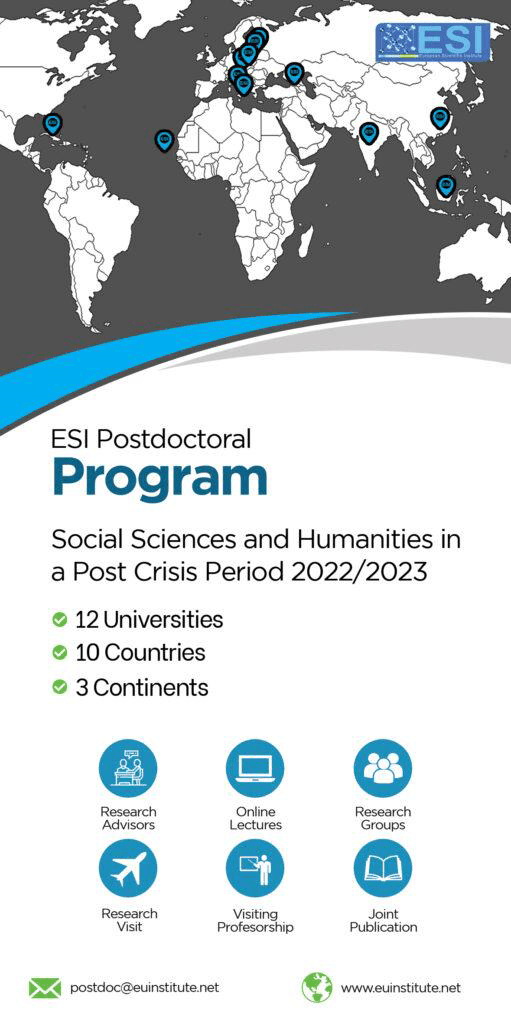The Relationship Between NATO and Russia Through the Prism of Mutual Cooperation and Confrontation
Abstract
The aim of this paper is to analyze the relationship between NATO and Russia, to explain the historical background of their relationship, to detect challenges of their relation and to specify the potential future areas of cooperation. Some of their policy objectives are overlapping, so the cooperation enables them to accomplish these important objectives. Although NATO became the most powerful military international organization in the world, over the years, it confronts strategic challenges and dilemmas divided in two groups: existing and new. These challenges included Russia’s aspiration for dominance, developments in Afghanistan, terrorism as an international risk, the Arab Spring, China as a global player and turn of the United States foreign policy toward the Asia-pacific region. This paper will focus on one of these challenges: Russia’s ambitions for dominance and its influence on NATO-Russia relationship, identifying specific areas and issues of cooperation and confrontation. In the foreseeable future, NATO needs to focus on challenges and developments of a strategic importance for the Alliance, such as the innovative efforts for enhanced relationships, limited missions, operations and a realistic combination of solutions that can serve the principles and values of all NATO allies, including the most influential.Downloads
Download data is not yet available.
Metrics
Metrics Loading ...
PlumX Statistics
Published
2017-05-31
How to Cite
Temelkovska-Anevska, E. (2017). The Relationship Between NATO and Russia Through the Prism of Mutual Cooperation and Confrontation. European Scientific Journal, ESJ, 13(13), 153. https://doi.org/10.19044/esj.2017.v13n13p153
Section
Articles







